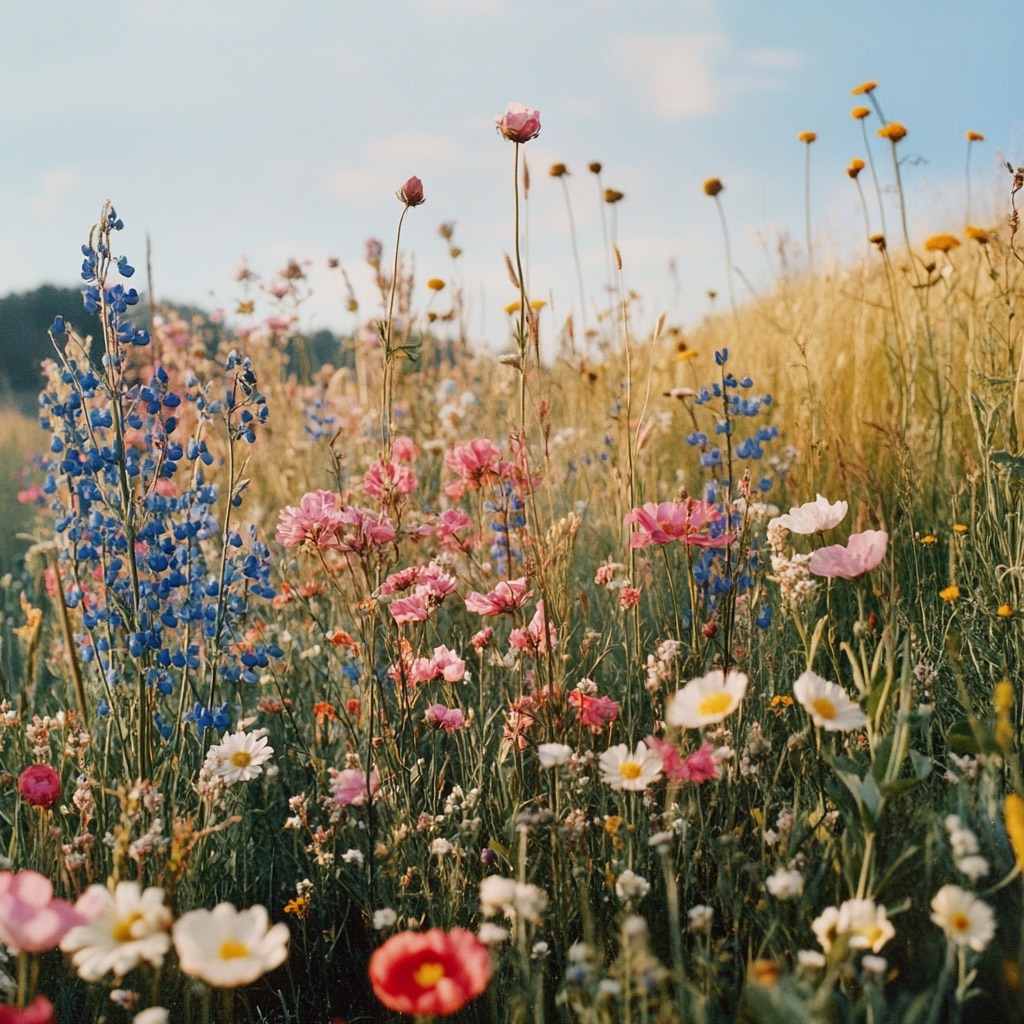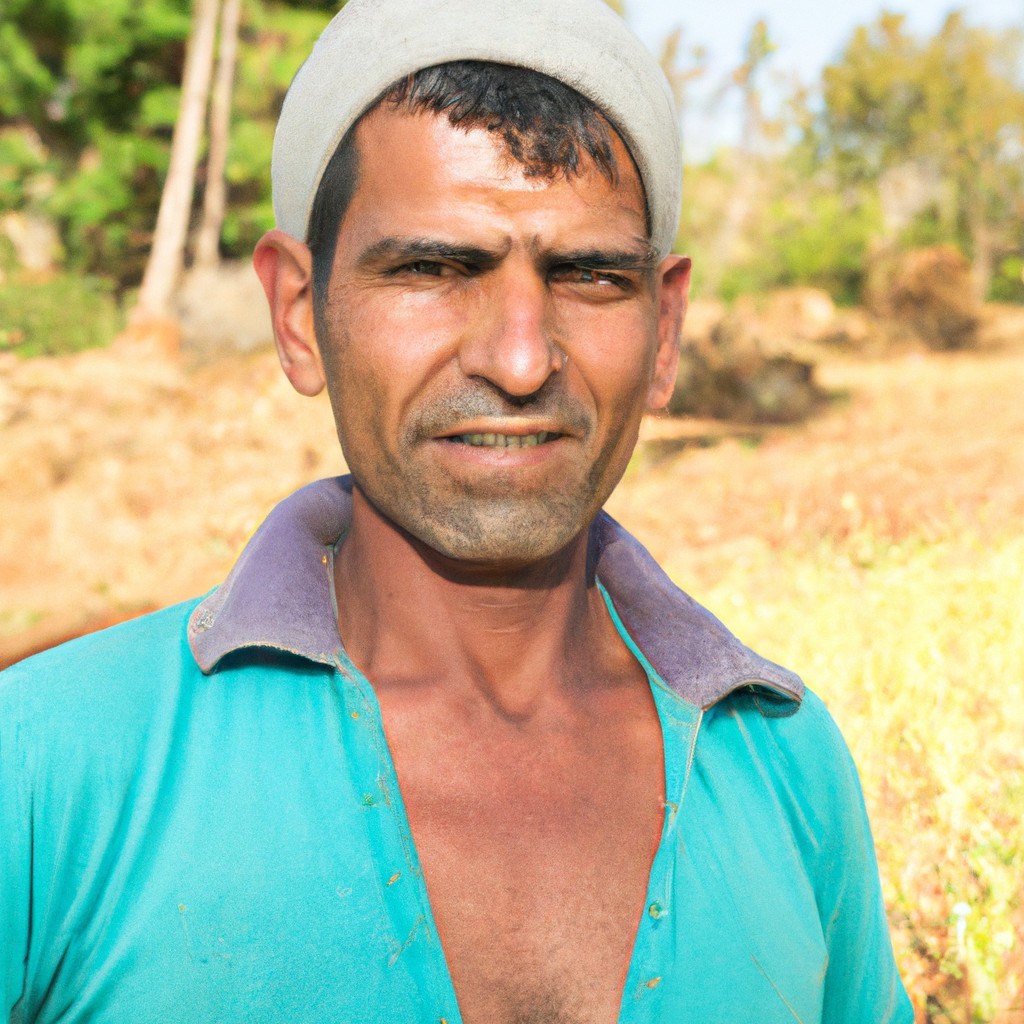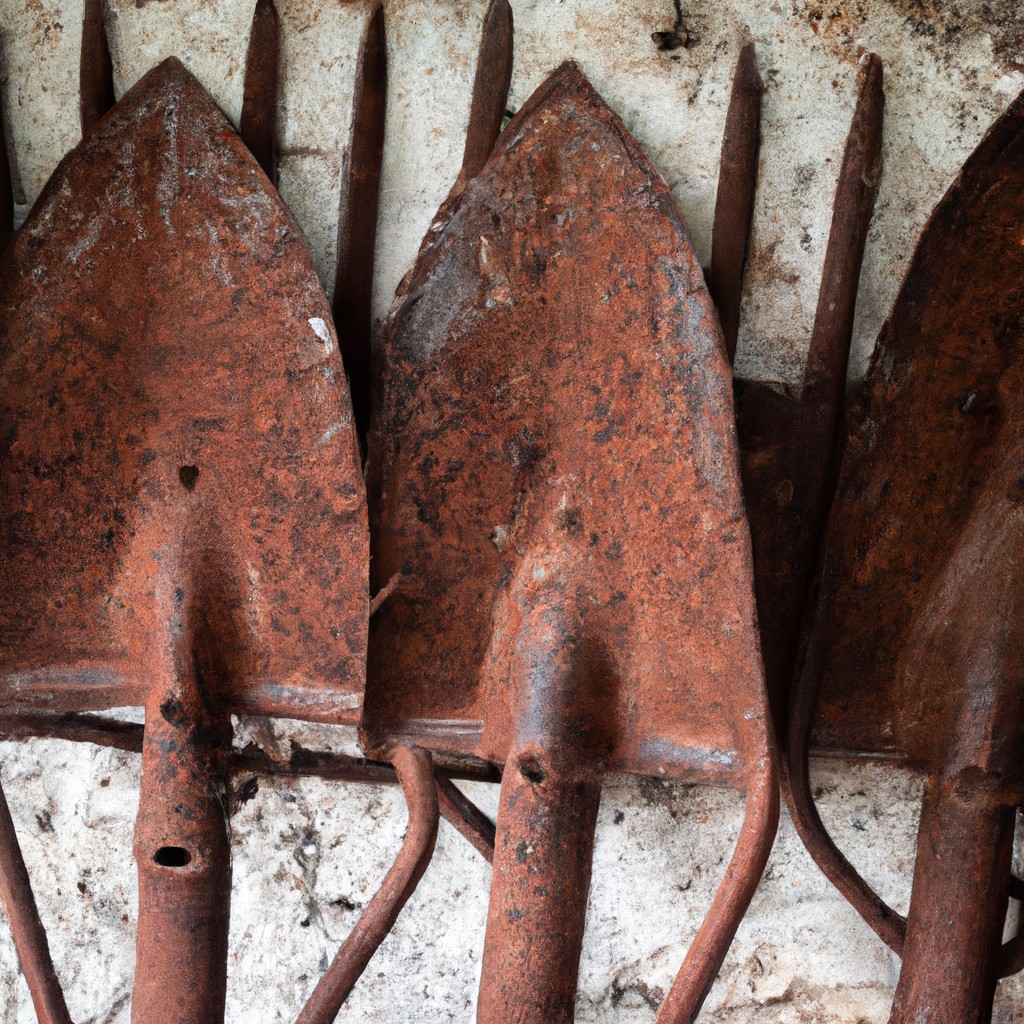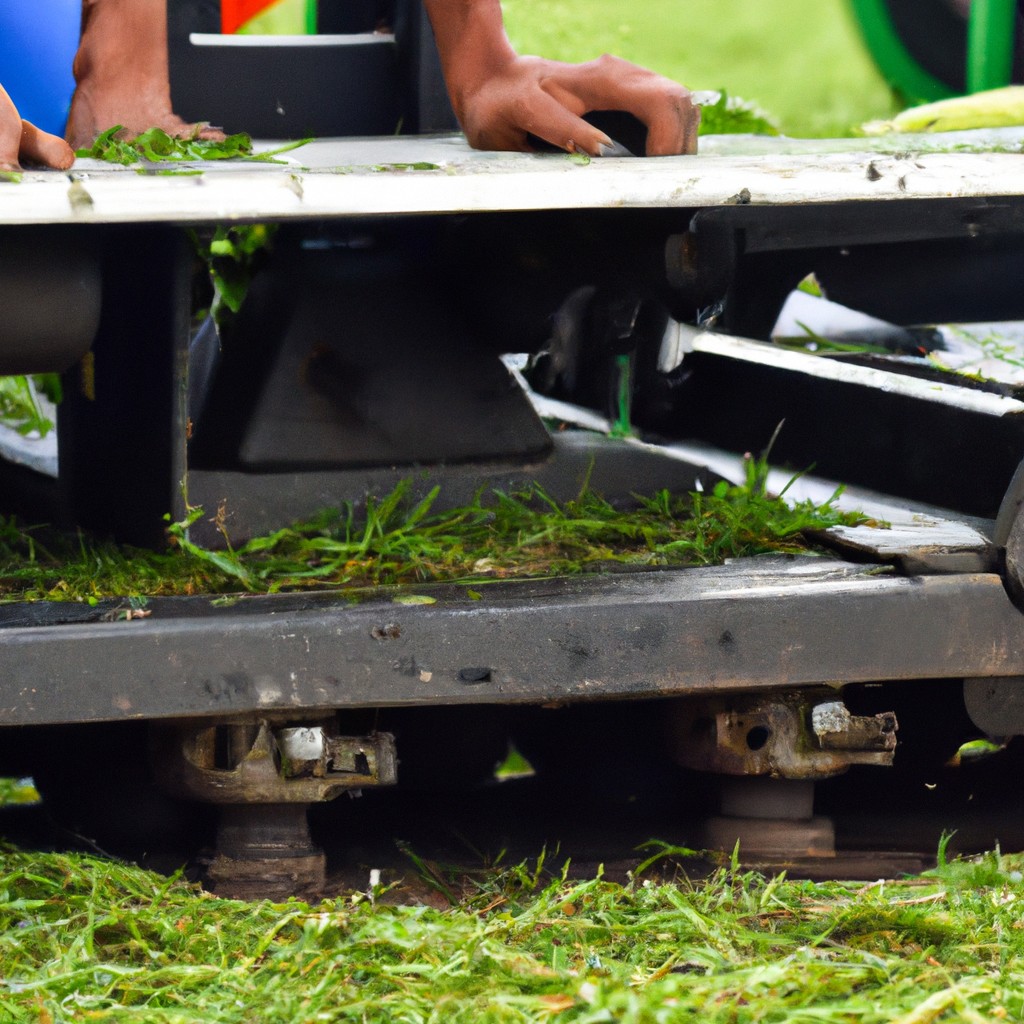Discover the essentials of husbandry and learn how it supports sustainable and regenerative agriculture.
Look Inside:
Definition of Husbandry
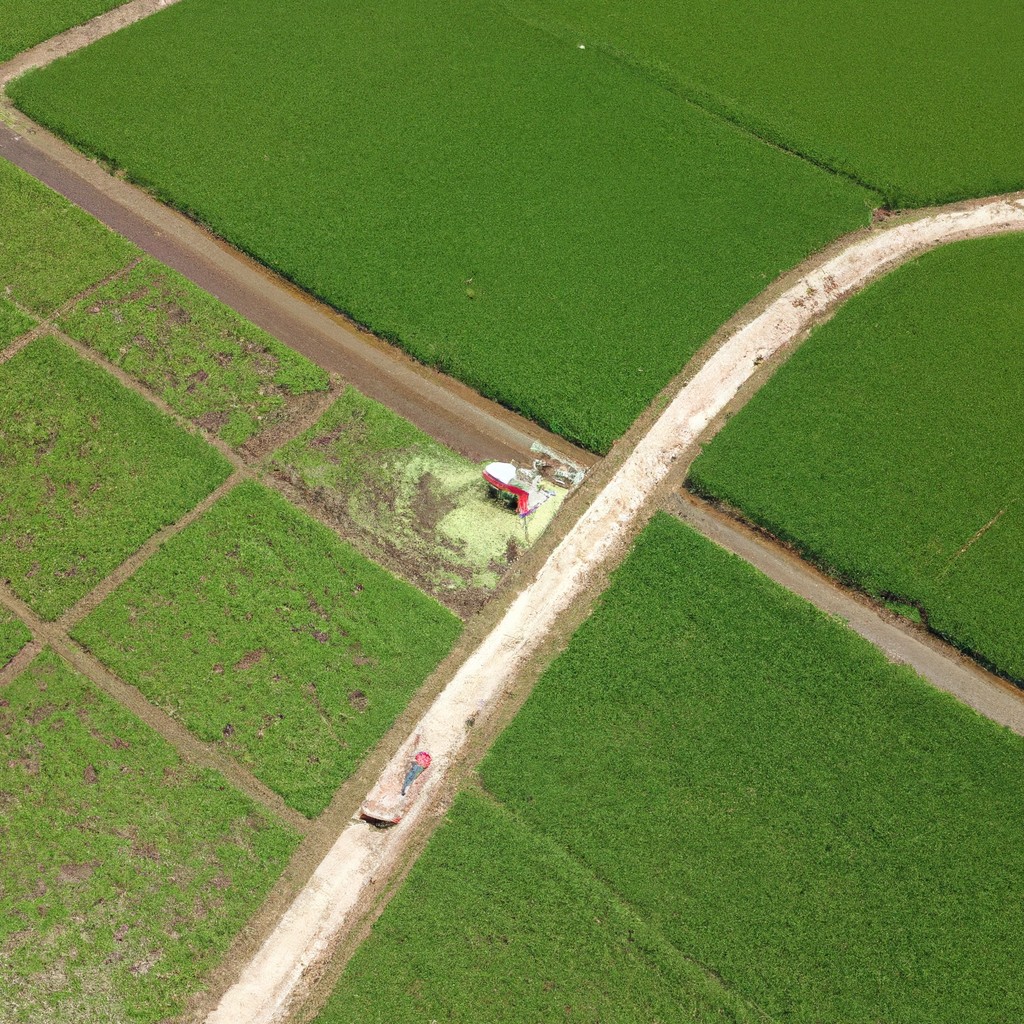
Picture a farmer with a sunburnt nose and a straw hat. They’re not just tilling soil but practicing the age-old craft of managing domestic affairs. Husbandry involves the careful cultivation of plants and animals.
Think of it as mother nature’s version of multitasking:
- Animal care: Growing cows, chickens, goats…even the occasional sassy llama.
- Crop management: Raising plants with as much attention as one gives to a prized bonsai tree.
- Sustainable resource use: It’s all about balance, like eating your veggies while still enjoying a cookie.
In essence, husbandry is about nurturing and maintaining what we’ve got, like a gardener with a green thumb and a whole lot of patience.
Examples of Husbandry in a Sentence
Sure, let’s dive right in. Here’s how you might encounter the term in everyday conversation:
- By orchestrating methods of sustainable husbandry, the farm’s cows practically mooed with joy.
- The urban-dweller’s attempt at backyard chicken husbandry left neighbors clucking with envy.
- Gardeners often practice plant husbandry, though their tomatoes soundly refuse to mow the lawn.
- Through meticulous husbandry, the farm turned barren soil into a veritable vegetable Disneyland.
These examples showcase the term’s use in various contexts, from livestock to plant care, with a sprinkle of humor to keep things light. Keep these in your vocabulary toolbox for whenever you need to impress your local farmer—or the next hen you meet.
Word History
The term harks back to the Middle Ages, rooted in the Old Norse word “húsbóndi,” a compound of “hús” (house) and “bóndi” (occupier and tiller of the soil). Clearly, multitasking is not a fresh concept. By the 14th century, “husbandry” morphed to refer more specifically to farm management.
At that time, it connected to thrift, economy, and management of resources. Today, these principles are surfacing again in the push for sustainable farming. Some words are just ahead of their time.
Practices
Whether it’s cuddling plants or whispering sweet somethings to sheep, this topic knows some quirky practices.
Crop rotation is like musical chairs for plants, ensuring they stay healthy and keep pests on their toes. Cover cropping blankets the soil with nutrients and charms its way into a healthier ecosystem.
Rotational grazing gives livestock a fine dining experience on fresh grass, acting like nature’s buffet. Down at the chicken dance, integrating livestock with crops plays out a symphony of poop and productivity.
No-till farming? Imagine tucking your fields in for a no-plow nap, preserving soil structure and keeping carbon emissions snoozing.
Enjoy the vibrant theater of nature’s wisdom. It’s got more drama than a soap opera… and with fewer commercials.
Environmental Impact
Husbandry practices can be a double-edged sword, wielding the power to nurture or nudge nature. On one hand, when executed with care, husbandry can heal and restore ecosystems by promoting biodiversity and soil health. It’s like a spa day for the earth—complete with a mud mask!
Conversely, intensive husbandry methods can lead to deforestation, soil degradation, and water scarcity. All the wrong kind of negative perks that come with an “all-you-can-do” buffet.
Then there are emissions. Certain practices make greenhouse gases multiply like rabbits, contributing to climate change. Ugly, but true. However, adopting regenerative techniques can transform these practices, capturing carbon and reducing emissions.
Water, too, plays a starring role. Sustainable husbandry minimizes usage and optimizes management, ensuring the planet doesn’t end up as dry as a stand-up comedian with no punchlines. Implementing crop rotation, cover cropping, and permaculture design can reward the environment as heartily as your dog rewards you for a good belly rub.

